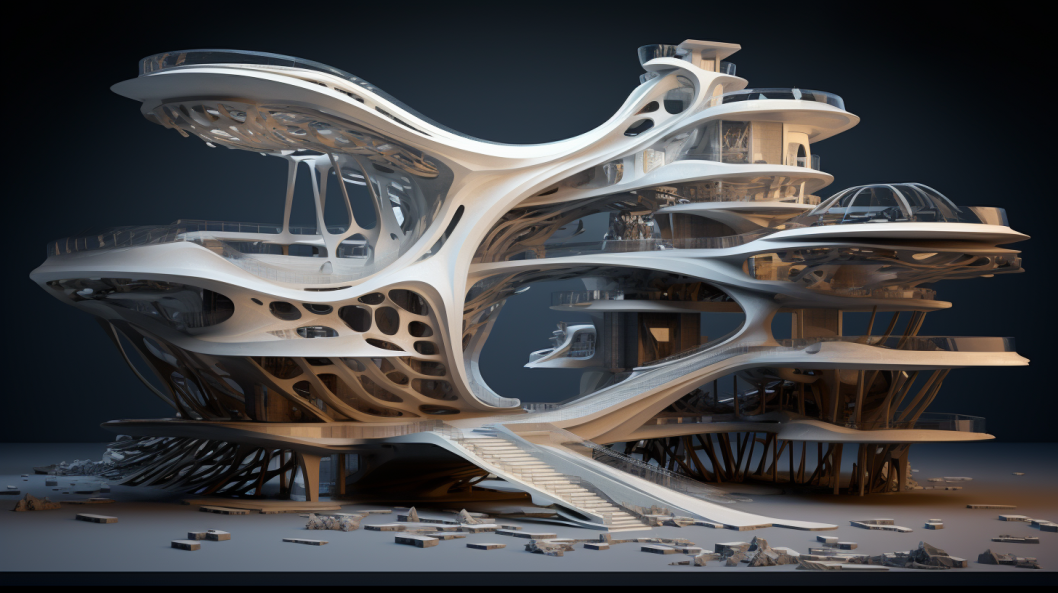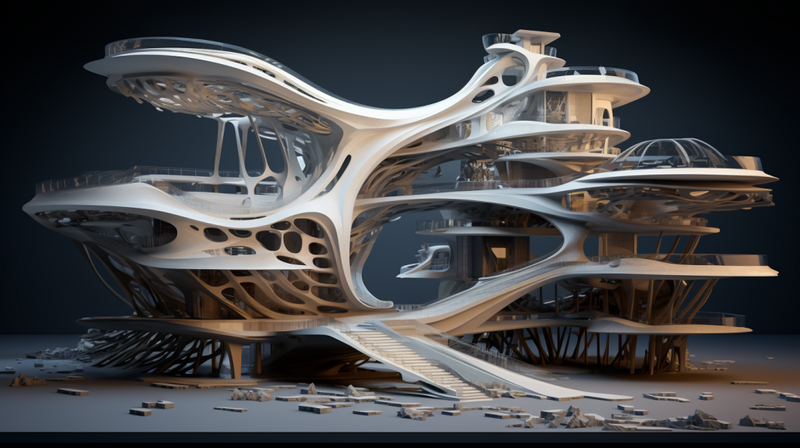In the realms of architecture and urban planning, static forms have long dominated the urban landscapes, presenting us with an enduring solidity that communicates permanence and stability. Yet, within this fixity, there emanates a nascent desire to explore and embody movement, to weave the ebbs and flows of life’s dynamism into the immutable. This opens the portal to a paradigm where fluid dynamics breathes life into static architectural forms, narrating stories of modern cities in perpetual motion.
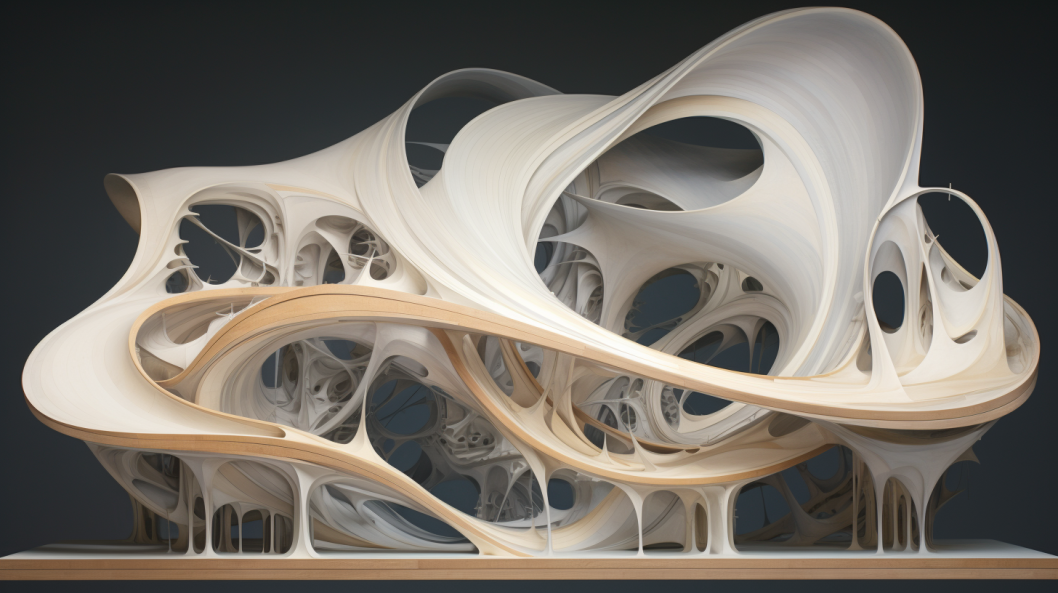
Moving Beyond the Solid Form
The integration of fluid dynamics into architecture is not merely about aesthetic or simulating movement; it's about embedding functionality and responsive environments into our urban constructs. This concept propels us into a future where buildings are not just static entities but organisms that respond, adapt, and evolve, encapsulating an intrinsic dance between form and function, stability and motion.
The Essence of Fluid Dynamics in Architecture
In the physical sciences, fluid dynamics explores the movement of liquids and gases, investigating the forces and energies they embody and interact with. Within architectural applications, we can metaphorically visualize our built environments as 'fluids', with every structure, pathway, and open space shaping the 'currents' of human and environmental flow.
How does a crowd move through a plaza? How does wind weave through the skyscrapers? How does light filter through a lattice framework? These questions regard buildings and spaces as entities that mold and guide dynamic forces, drawing a parallel to how fluids navigate through various contexts.
Transformative Potentials in Design
In blending the static with the kinetic, architects and designers delve into a multi-disciplinary approach that extracts principles from physics, engineering, and aesthetics, establishing buildings that are not mere physical entities but dynamic structures interacting with their inhabitants and environment in a constant, engaging dialogue.
Responsive Environments:
Implementing fluid dynamics into architecture could forge spaces that morph and respond to varying environmental and human factors. For instance, façades that change their configuration in response to sunlight, or modular internal spaces that can be reconfigured based on usage needs.
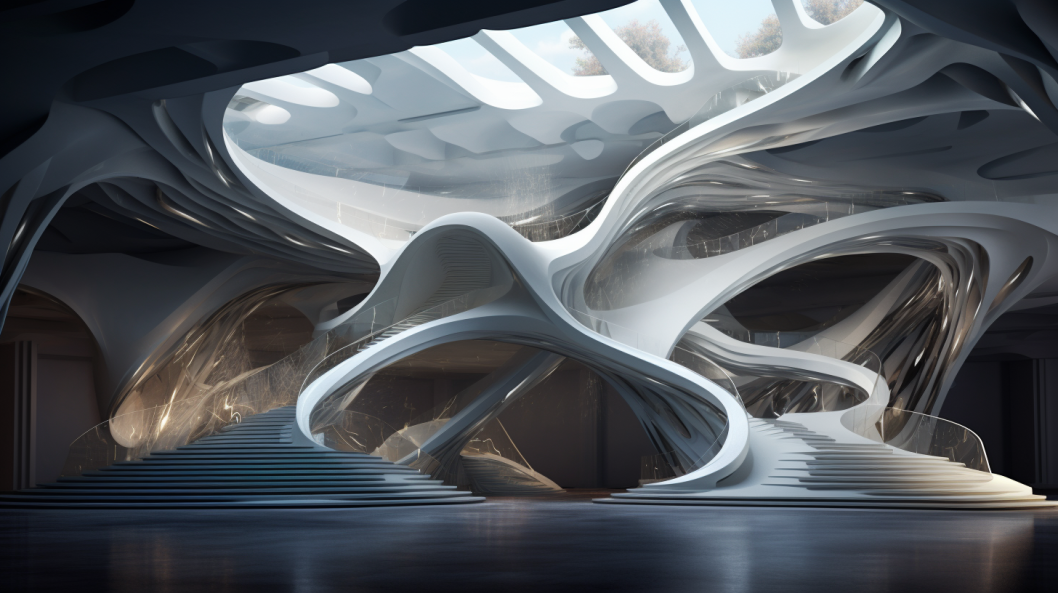
Efficiency and Sustainability:
Considering fluidic principles, buildings can be designed to navigate natural forces like wind and water more efficiently, potentially reducing energy usage and minimizing their environmental footprint.
Evolving Aesthetics:
The incorporation of movement in architecture naturally fosters a dynamic visual experience. The perception of a structure could change based on the viewer’s position, lighting conditions, and temporal factors, offering a rich, ever-evolving aesthetic experience.
Case Studies: Transforming Concept into Reality
To cite a tangible exploration of this concept, the articulation of dynamic flow in architecture can be witnessed in projects like the Al Bahr Towers in Abu Dhabi, which features a dynamic façade composed of adjustable geometric patterns that modulate light and heat entry, offering sustainable advantages and a kinetic visual aesthetic.
Another sterling example is the Toyo Ito’s Sendai Mediatheque in Japan, where the structural columns meander through space like floating seaweed, not merely providing support but also directing the flow of space and human movement, embodying a simultaneous static and dynamic presence.
Engaging with the Future: Opportunities and Challenges
As architectural forms weave into the tapestry of fluid dynamics, they embark upon a journey that opens numerous avenues for exploration. This approach promises innovative design strategies, more sustainable practices, and enhanced user experiences.
However, the effective realization of this amalgamation brings forth challenges, predominantly in bridging the gap between theoretical principles and practical applications. It demands an interdisciplinary approach, amalgamating insights from architects, engineers, environmental scientists, and even sociologists to decipher the multifaceted implications of incorporating flow into form.
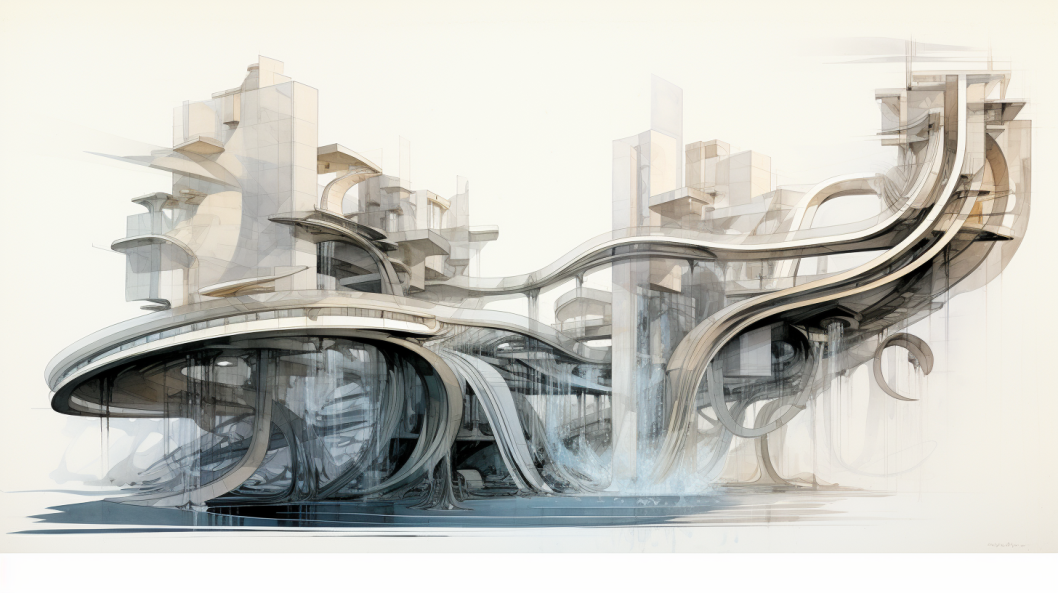
Furthermore, the integration of evolving technologies, such as smart materials and digital interfaces, becomes pivotal, unlocking the potential to create architectures that are truly in tandem with the dynamics of natural and social environments.
Concluding Remarks: Into the Flow
Incorporating fluid dynamics into architectural forms signifies an evolution, a step towards cities and spaces that are vividly alive, perpetually engaging with their inhabitants and environments. It opens a dialogue about what our built environments can be – not just shelters or spaces to inhabit, but entities that communicate, respond, and participate in the intricate ballet of urban life.
As we move forward, this conceptual framework invites us to envision and shape futures where our architectures are not merely structures but organisms, pulsating with life and rhythm, crafting symphonies that narrate the tales of cities in perpetual, harmonious flow. This perpetual dance between the static and kinetic, form and function, proposes a future where our built environments are truly fluid, dynamically interwoven with the tapestries of our lives and landscapes.
Engaging with fluid dynamics in architectural narratives thus not merely becomes an exploration of design but a philosophical inquiry into how we perceive, engage with, and ultimately, shape our living environments in the ceaseless flow of time and space.
